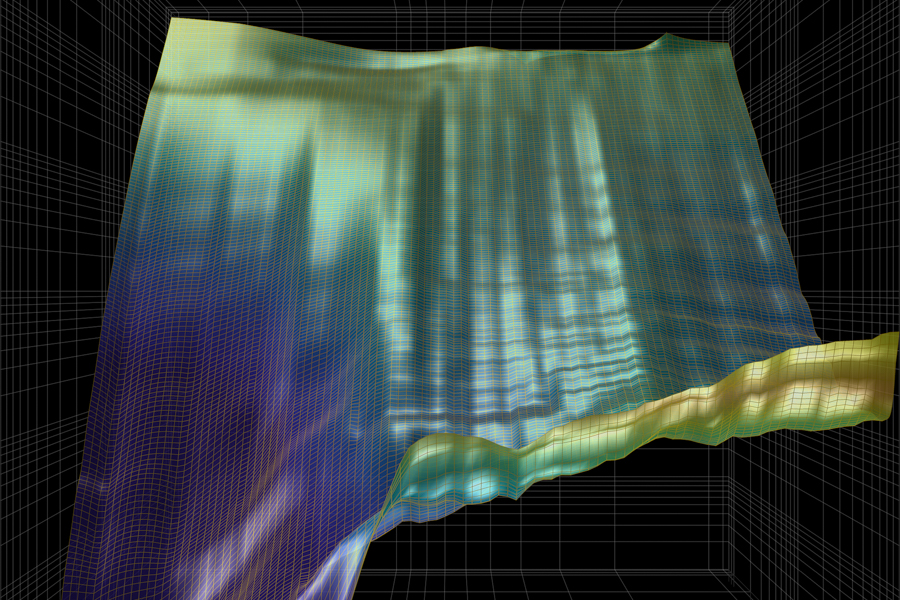Function follows form in neuronal networks
Information transfer in the brain relies on the activation of functional neuronal chains that are embedded within a highly recurrent network. Obviously, neuronal activity should neither fade along the chain nor expand uncontrollably activating contextually irrelevant regions of the network, both entailing a loss of information. It has been proposed therefore that the brain must operate near a critical point of a phase transition between fading and explosive neuronal activity dynamics. Considered as a branching process, active individual neurons should then, on average, activate exactly one further neuron during activity cascades that have been termed neuronal avalanches. Put into a simple phrase: "Fire a neuron – Hire a neuron".

Smoothed array of avalanche size distributions for in vitro networks with degrees of functional modularity increasing from left to right. Photo: Ulrich Egert
Bernstein members involved: Ulrich Egert
However, in the face of continuous experience-dependent changes in connectivity one may ask how neurons could possibly fine-tune their synapses to collectively establish and maintain a narrow critical state given that minor imbalances in connectivity would entail drifting into subcritical or supercritical dynamics. Moreover, highly correlated activity observed within neuronal clusters in vivo and in vitro indicates that neurons rather form supercritical local circuits, i.e. with expansive activation. To resolve this inconsistency, computational studies predicted that modular networks with a mix of regionally subcritical and supercritical dynamics could create apparent critical dynamics. Modularity would confine activity explosions locally, making the overall system more robust against runaway dynamics, which provides more configurational leeway for stable activity propagation.
The new study published in the Journal of Neuroscience now provides experimental evidence supporting this prediction. By manipulating the structural self-organization networks of cultured cortical neurons, Okujeni and Egert investigated how different degrees of neuronal clustering and modularity influenced neuronal avalanche dynamics. They show that increasing neuronal clustering and modularity result in a gradual transition from supercritical to subcritical avalanche size distributions. This creates a wider “corridor of network configurations” that allow overall critical neuronal recruitment.
The authors suggest that activity-dependent self-organization can tune inherently supercritical networks towards mesoscale criticality by creating a modular structure in neuronal networks. The degree of modularity thereby depends on the degree by which neurons form clusters and trade short-range against long-range connectivity based on homeostatic growth principles.




